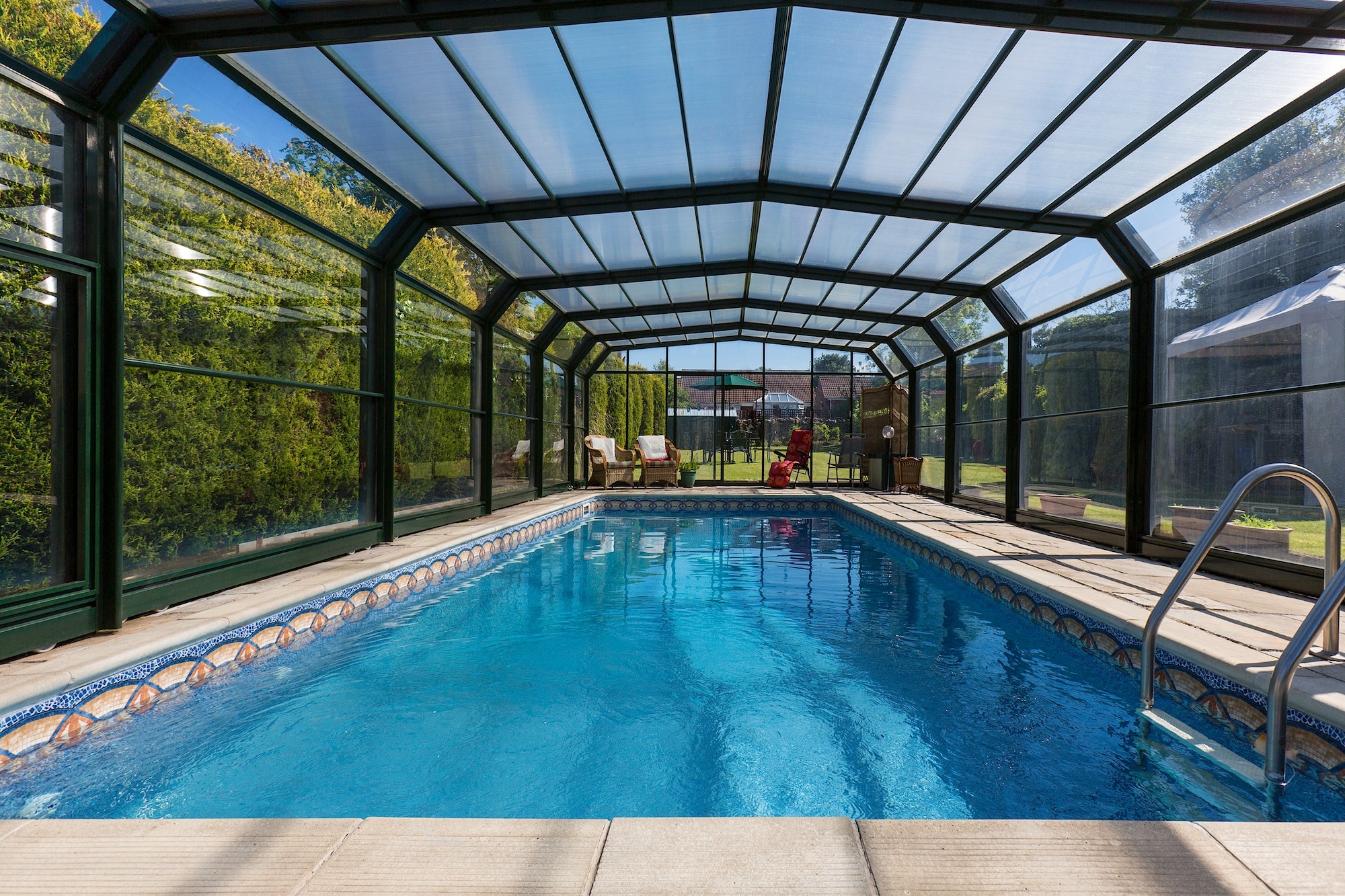How to Build an Outdoor Enclosure for Indoor Cats to Explore Safely?

Providing your cats with some outdoor space can be a wonderful treat for them. Cats love to explore, play, and laze around in the natural environment. However, allowing your feline friends to roam without restriction can be dangerous. Traffic, wild animals, and potential cat fights are just some of the risks involved. This is where a catio comes into play.
A catio, or a cat patio, is an outdoor enclosure that allows your cats to enjoy the outdoors while keeping them safe and secure. Building a DIY catio not only provides a stimulating environment for your indoor cats but also gives you peace of mind knowing they are safe.
Also to discover : How to Create a Physical Therapy Routine for a Dog Recovering from ACL Surgery?
In this article, we walk you through the process of building a catio, including considerations for the design and materials needed. We will also highlight some crucial tips to ensure your catio is a success.
Establishing a Suitable Location and Design for Your Catio
Choosing the right location for your catio is a critical first step. You may be thinking about attaching the catio to a window or a door, or you may want it freestanding in your garden. Before you make a decision, consider the following factors.
Also read : What’s the Best Approach for Teaching a Cat to Accept a Harness and Leash?
Consider how much space you have, the view your cats will have, and the amount of sunlight the area receives. Cats love to bask in the sun, but you also want to ensure they have a shady area to retreat to when it gets too hot. Furthermore, consider the noise level and potential traffic in the area. A quiet and peaceful environment is best for your cats.
Once you have considered these factors, you can establish your catio design. Some people opt for a simple box design, while others may choose to include multiple levels and play areas. Consider your cats’ personalities and preferences when designing the space.
Materials Needed for Building Your Catio
Building a catio requires careful selection of materials. You’ll need a solid and sturdy base, walls, and a roof. In terms of materials, you will mainly require wood, wire mesh, and perhaps a cat tunnel.
Wood is an ideal material for the base and framework of your catio. It’s sturdy and can support the weight of the structure. Ensure that the wood is treated to withstand weather conditions but also safe for your cats.
Wire mesh or cat fencing is used to enclose the space. This keeps your cats safely contained while allowing them to enjoy the view and fresh air. Ensure the mesh is strong enough to withstand a cat climbing it and has small enough gaps that they cannot squeeze through.
A cat tunnel can provide a safe passage between your house and the catio. This is especially useful if your catio isn’t directly attached to your home. These tunnels can be purchased or you can create your own using wire mesh and wood.
Detailed Steps for Building Your Catio
With your design and materials in place, it’s now time to build your catio.
Start with the base. Cut your wood to the desired size and assemble it into a rectangle or square, depending on your design.
Next, build the walls. Attach vertical wood pieces to the base to create the frame. Then, attach the wire mesh to the frame. Use a staple gun or screws to securely fasten the mesh to the wood.
Don’t forget a door or some form of access for cleaning and possibly retrieving your cat. You can create a door by cutting out a section of the mesh and attaching it back with hinges.
Once your walls are up, it’s time to build the roof. Depending on your design, this could be a flat roof or a sloped one. Attach horizontal wood pieces to your vertical pieces to create the roof frame and then attach the mesh.
If you’re including a cat tunnel, create this separately and then attach it to the catio and your house.
Ensuring Your Catio is Safe and Enjoyable for Your Cats
While building your catio, your priority should be the safety of your cats. Ensure all materials used are safe, the structure is strong and stable, and there are no sharp edges or points that could cause injury.
Your cats’ enjoyment is equally important. Include various features to make the space stimulating and fun. This could include different levels, climbing posts, scratching posts, and toys. You could also consider adding plants that are safe for cats, such as catnip or cat grass.
Remember, the aim of a catio is to provide your indoor cats with a safe and stimulating outdoor environment. By carefully selecting your location and design, choosing the appropriate materials, and building carefully, you can create a space that your cats will love.
Catio Extras: Furnishing and Accessorizing Your Catio
So, you’ve decided on the location and design for your catio, chosen your materials, and built it according to your plan. Now it’s time to make your catio even more appealing by furnishing and accessorizing it.
Start with the essentials like climbing posts and a litter box. Cats love to climb and scratch, and providing these facilities in the catio will satisfy these natural instincts. Ensure that the climbing posts are sturdy and secure to prevent any accidents. The litter box should be placed in a quiet and private spot, preferably away from the feeding area.
Next, consider adding some comfortable resting spots. This could be a hammock, a cushioned shelf, or a heated pad for those colder days. Remember, your outdoor cat will want to spend hours in the catio, so comfort is important.
Accessories can also add an element of fun to your catio. Consider including toys that your cat loves. Balls, feather wands, and laser pointers can provide endless entertainment. You could also incorporate interactive elements like a water fountain or a bird feeder outside the catio to stimulate your cat’s curiosity.
Lastly, think about adding some greenery to your catio. Cats enjoy nibbling on grass and certain herbs. Plants like catnip, mint, and wheatgrass can be a great addition to your catio. However, do ensure that any plants you choose to include are non-toxic to cats.
Maintaining Your Catio: Regular Checks and Cleaning
Maintaining your catio is just as important as building it. Regular checks and cleaning will ensure that your catio remains a safe and enjoyable space for your cats.
Start by checking the structure of the catio. Look out for any damage or wear and tear in the wood and wire mesh. If you spot any, it’s important to repair it immediately to avoid any potential harm to your cat.
Next, check the cat tunnel, if you have one. Ensure it remains secure and clear of any obstructions.
Routine cleaning is also essential. Clean the litter box regularly to maintain hygiene. Wipe down the climbing posts and furnishings to remove any dirt or fur.
Conclusion:
Building a catio is an exciting project for any cat owner. It provides your indoor cat with a taste of the outdoors, but in a secure and controlled environment. Remember, the key to a successful catio lies in careful planning, proper construction, and regular maintenance. With all these elements in mind, your catio will be a space that your cat loves and enjoys. Whether you decide to build a simple window box or a grand outdoor catio, the joy and benefits it brings to your cat will make it all worthwhile.
